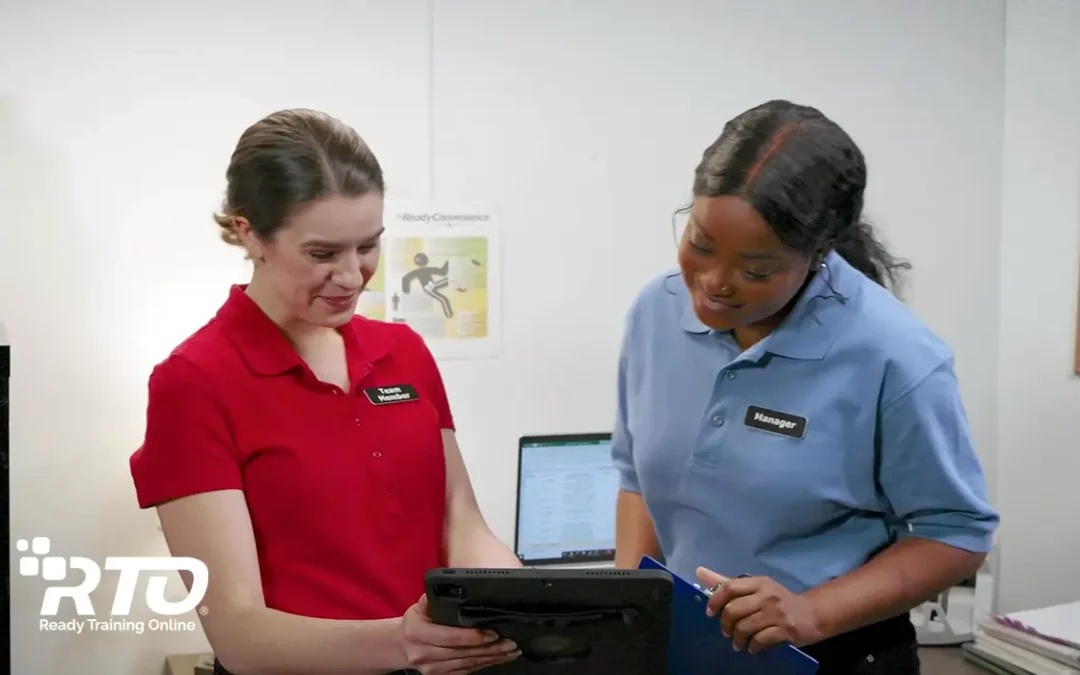Conducting a Needs Analysis
To conduct a training needs analysis, begin by asking these questions:
- What knowledge do my new employees need to aid in the development of successful skills?
- What will it cost if I don’t train on that skill?
- Do I have a personal bias about this particular skill or knowledge I’m requiring. Do my customers, employees or others really consider it unimportant? In other words, is it really a need-to-know skill?
- Will the behaviors I want to modify enhance my employees’ interaction with my guests and co-workers?
- Will the skills positively affect the quality of my establishment?
- Will the skills improve my ability to recruit and retain employees?
A needs analysis can be formal, such as having a manager dedicate time to observe a position for an extended period, or it can be informal, such as reviewing a manager’s shift notes about performance-related issues. Just remember, the more information you gather, the more accurate your analysis.
Where to Look
Information can come from many different sources:
- Customer surveys
- Customer complaints
- Employee surveys
- Old performance reviews
- Manager’s log notes
- Shift notes taken on something as simple as 3×5 note cards
- Observations from visits to your competitors
All of these sources uncover gaps between current performance standards and desired performance standards. You may also uncover issues not related to training, such as policies, procedures and obstacles that affect performance. It’s your job to separate the training issues from non-training issues.
The information gathered through the needs analysis serves as a baseline for evaluating your current program and to help you outline three major areas of emphasis:
- New or different goals and standards for the position you’re analyzing.
- Specific deficiencies in current employee skills and the specific skills still needed. This aids in establishing hiring profiles for the interviewing process.
- The conditions under which your new training should occur.
Getting Started
To get started, take a look at any position, such as the cashier. Analyze the current performance standards and decide if they meet your expectations. You’ll probably find gaps beyond the obvious ones between the performance of one cashier and another–those may just be style differences. For example, you may discover that not every cashier knows where certain items are in the store, frustrating customers and increasing the potential for lost profits. You have just uncovered your first need-to-know for the cashier position: Everyone must know where inventory is located throughout the store. You’ve just successfully completed one element of your first needs analysis.
Get More Convenience Store Management Tips
The convenience store management section of our article archives is dedicated to helping you meet your leadership goals. Check it out!





